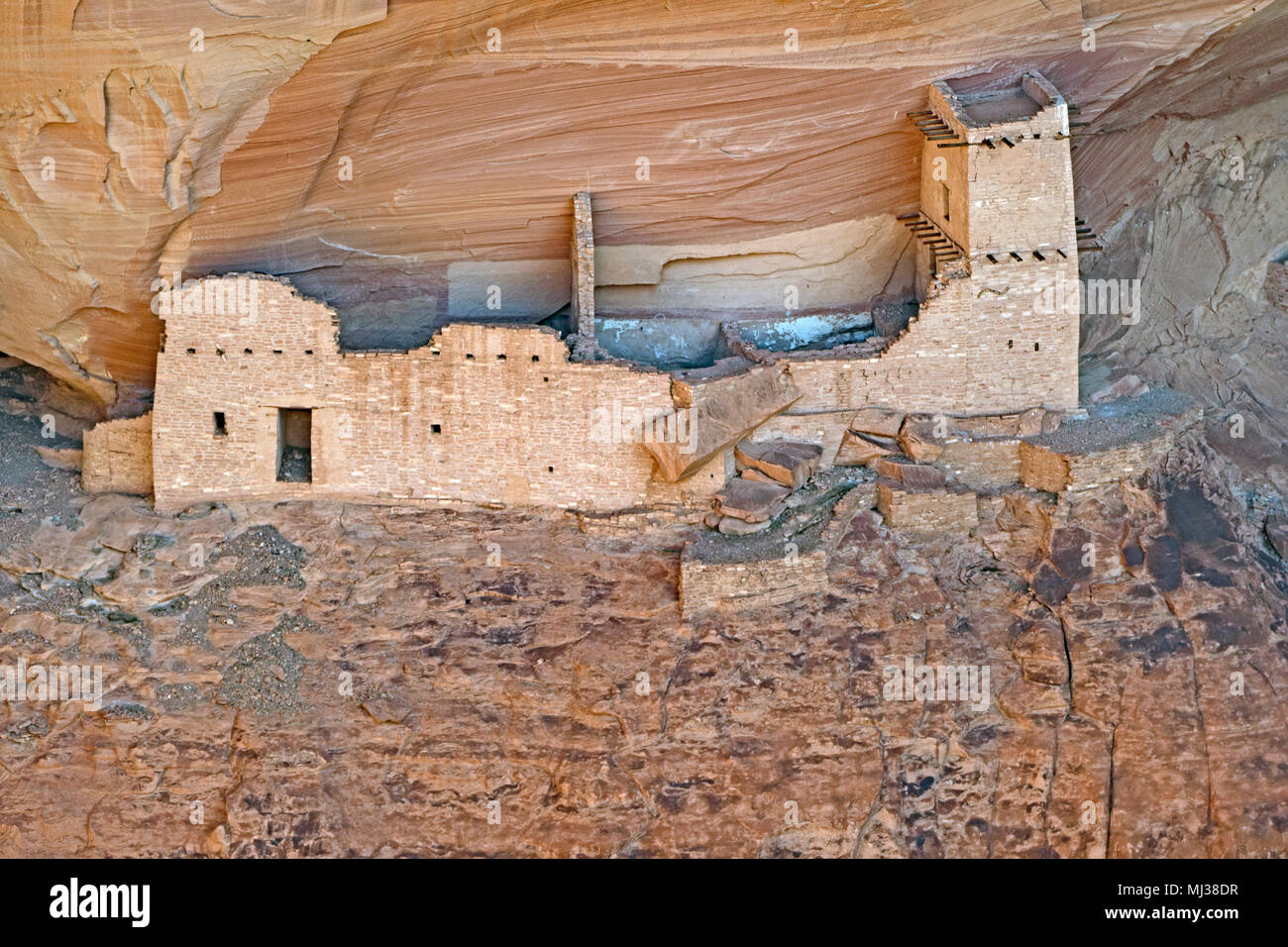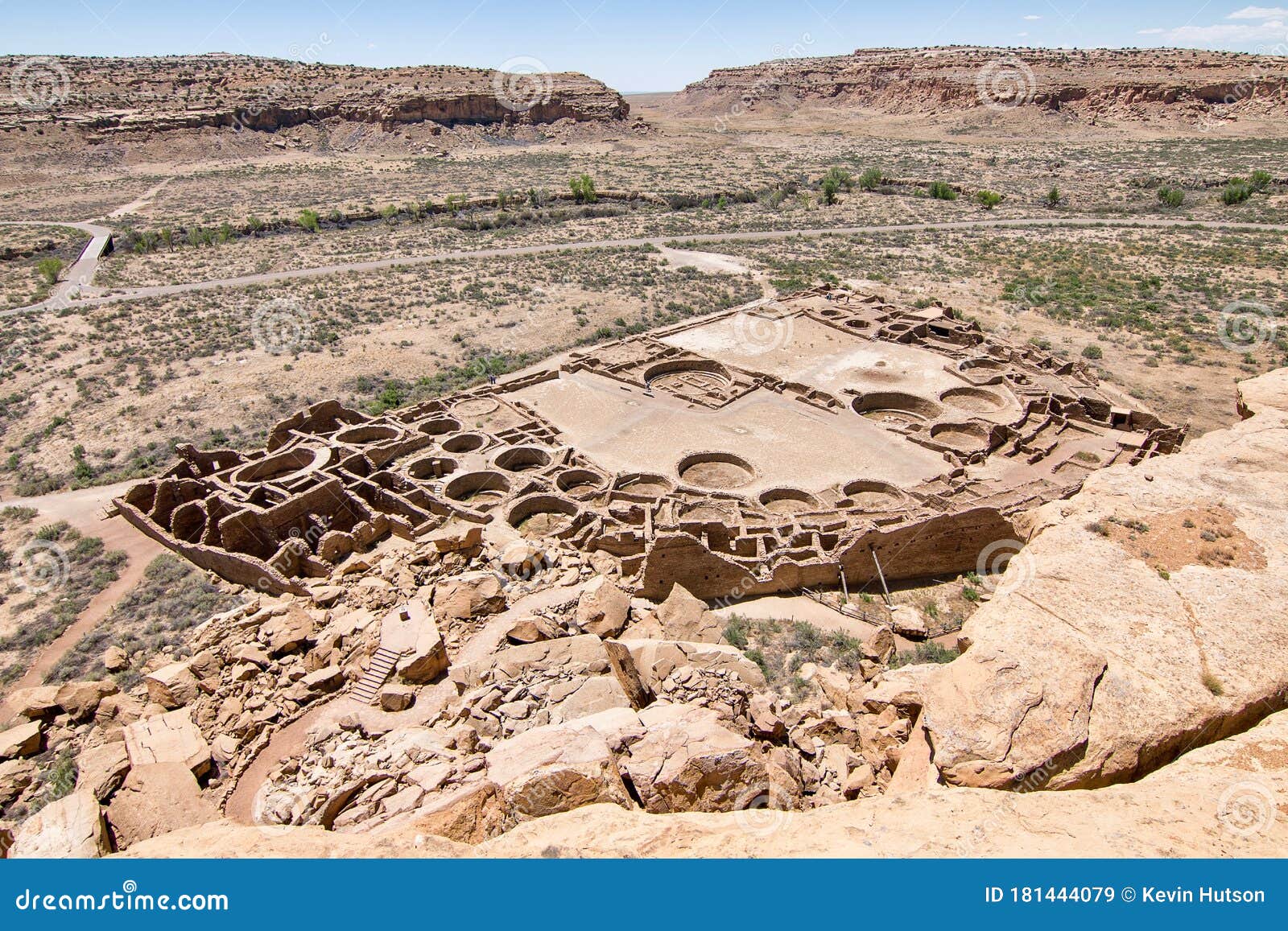
Silent Sentinels: The Unyielding Fortresses of the Ancestral Puebloans in Canyon Walls
The American Southwest, a land of stark beauty and dramatic contrasts, holds within its red rock canyons and towering mesas the silent, enduring testament to an ancient people’s ingenuity and resilience. Here, carved into the very sinews of the earth, stand the ancestral homes of the Puebloans, structures that transcend mere dwellings to become formidable bastions of defense. These aren’t just houses; they are fortresses, strategically placed and meticulously constructed within the unyielding embrace of canyon walls, whispering tales of a time when security was paramount, and survival often hinged on the strength of stone and the wisdom of placement.
For centuries, from roughly 1150 to 1300 CE – a period known as Pueblo III – the Ancestral Puebloans, often inaccurately referred to as the "Anasazi" (a Navajo term meaning "ancient enemy" or "ancestors of our enemies," now largely eschewed by archaeologists and Pueblo descendants), perfected an architectural style born of necessity. As environmental pressures mounted, populations grew, and inter-group conflicts escalated, the serene, open village life of earlier periods gave way to a more guarded existence. The dramatic shift from easily accessible mesa-top or valley-floor settlements to elaborate, often inaccessible cliff dwellings and fortified structures within canyon systems marks a pivotal chapter in their history.
The Unyielding Embrace: Strategic Placement
The most striking aspect of Ancestral Puebloan defensive architecture is its profound integration with the natural landscape. These were not buildings placed on the land, but structures that emerged from it, leveraging every geological advantage. Massive, concave alcoves high up in canyon walls became readymade roofs and back walls, offering shelter from the elements and a natural barrier against attack. Sites like Mesa Verde in Colorado, Canyon de Chelly in Arizona, and Hovenweep National Monument straddling the Colorado-Utah border, are prime examples of this symbiotic relationship between human engineering and natural topography.
Consider Mesa Verde’s iconic Cliff Palace. Tucked deep within a massive alcove, its hundreds of rooms and kivas are protected by an overhanging cliff that stretches for hundreds of feet, rendering direct assault from above nearly impossible. Access to such sites was often limited to narrow, precarious hand-and-toe holds carved into the cliff face, or via retractable ladders and ropes that could be pulled up at the first sign of danger. This deliberate inaccessibility served as the first, and often most effective, line of defense. An attacker would face not only the determined residents but also the dizzying heights and treacherous terrain, a psychological deterrent as potent as any physical barrier.

Stone, Mortar, and Mastery: Architectural Innovations
Beyond strategic placement, the Ancestral Puebloans employed sophisticated architectural techniques to bolster their security. Their masonry, often described as some of the finest in the ancient world, was not merely aesthetic; it was inherently strong. Walls were typically constructed from hand-hewn sandstone blocks, meticulously shaped and fitted together with a mud mortar. These thick walls provided excellent insulation against the harsh desert climate, keeping dwellings cool in summer and warm in winter, but crucially, they also offered robust protection against projectiles and battering.
Doorways were intentionally small and often T-shaped, making it difficult for an intruder to enter quickly or carry weapons easily. Windows, where they existed, were narrow slits, serving primarily as observation points rather than large openings. This limited visibility from the outside, preventing attackers from assessing the interior layout or the number of defenders. Inside, the layout of many cliff dwellings was often labyrinthine, with multiple rooms and connecting passages that could be easily defended room by room, creating choke points and ambushes for any invader who managed to breach the outer perimeter.
"The Ancestral Puebloans understood that true defense wasn’t just about building walls, but about controlling access and exploiting every advantage the environment offered," notes archaeologist Dr. Sarah H. Schlanger, who has studied Puebloan architecture extensively. "Their settlements became extensions of the cliffs themselves, blending seamlessly and presenting an almost insurmountable challenge to those who might wish them harm."
Watchtowers and Sentinels: The Eyes of the Community
While cliff dwellings represent the pinnacle of defensive integration, other forms of Ancestral Puebloan architecture also played a crucial role in community security. Isolated watchtowers, often perched on prominent butte tops or strategic points overlooking valleys and trails, served as early warning systems. At Hovenweep National Monument, for instance, a collection of distinctive D-shaped, square, and oval towers stand sentinel, overlooking vast expanses. These multi-story structures, often with small, high windows, would have allowed observers to spot approaching threats from miles away, giving residents ample time to retreat to more secure locations or prepare for defense.
These towers weren’t just observation posts; they were often fortified strongholds in themselves, capable of housing a small contingent of defenders. Their strategic positioning suggests a coordinated defensive network, where signals – perhaps smoke by day or fire by night – could quickly relay messages across communities, mobilizing collective defense. This interconnectedness speaks to a broader understanding of regional security, moving beyond individual settlement protection to a more comprehensive community-wide strategy.
The "Why": Climate Change, Resource Scarcity, and Conflict
The shift towards such elaborate defensive architecture was not a sudden whim but a gradual response to increasing environmental and social pressures. The late 13th century, in particular, saw a severe and prolonged drought, often referred to as the "Great Drought," which devastated agricultural yields and depleted vital resources like water and timber. This environmental stress exacerbated existing tensions, leading to increased competition for dwindling resources.

Archaeological evidence, including trauma on skeletal remains and the burning of sites, points to a period of significant inter-group conflict. Raids for food, captives, and territory became more common, forcing communities to seek greater security. The defensive nature of these structures was not merely theoretical; it was a practical response to a very real and dangerous threat. The cliff dwellings and fortified mesa-top sites were not just homes; they were refuges designed to protect families and preserve their way of life in an increasingly volatile world.
"The construction of these defensive sites required immense communal effort and a shared understanding of risk," states Dr. Randall H. McGuire, a prominent archaeologist of the Southwest. "It speaks to a level of societal cohesion and collective will that is truly remarkable, forged in the crucible of environmental hardship and social unrest."
A Legacy of Resilience and Ingenuity
By the end of the 13th century, most of the Ancestral Puebloan cliff dwellings and fortified sites were abandoned, as people migrated southward and eastward to form the foundations of modern Pueblo communities along the Rio Grande and Little Colorado River. The reasons for this "Great Migration" are complex and multifaceted, but the defensive architecture of the earlier period offers a stark reminder of the challenges they faced.
Today, these silent sentinels carved into the canyon walls stand as powerful monuments to human resilience and ingenuity. They are not merely ruins but vibrant testaments to a people who understood their environment intimately, who innovated under pressure, and who built not just for shelter, but for survival, community, and the enduring spirit of their culture. Visiting these sites, one cannot help but feel a profound respect for the Ancestral Puebloans – a people who, with simple tools and profound wisdom, transformed the very landscape into an unyielding fortress, leaving behind a legacy that continues to inspire and awe. Their canyon wall fortresses remain a powerful reminder that even in the face of profound adversity, the human spirit can build, adapt, and endure.